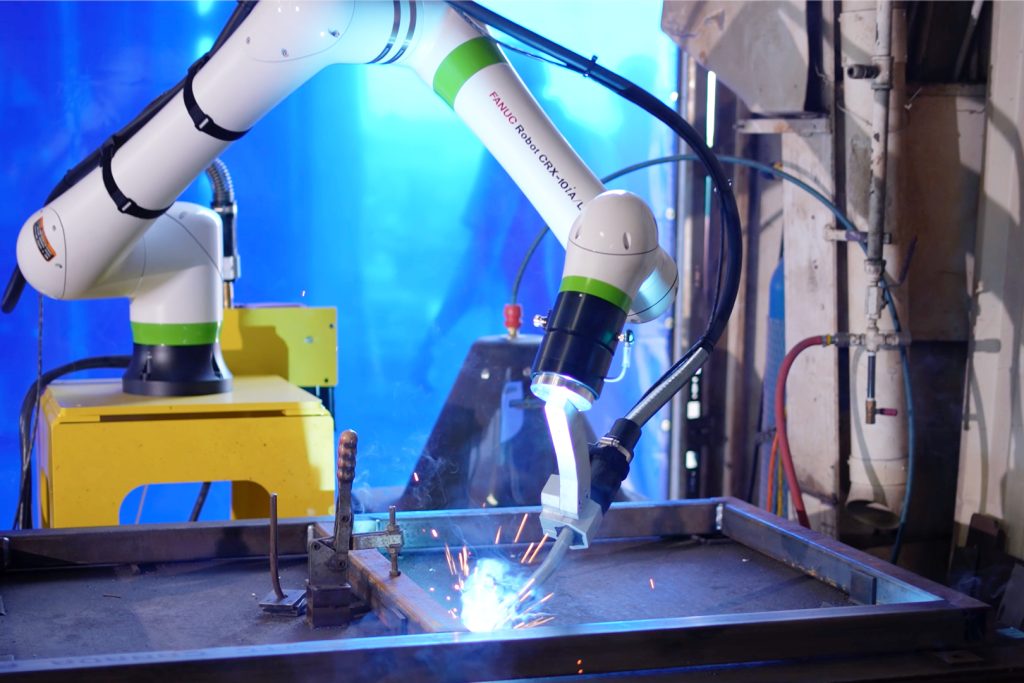In a society that is driven by technological advancement and innovation industries have been transformed. Automation and robotics have been employed by the major players across different sectors to boost productivity, streamline processes, and help gain competitive advantages in the market. The heart of this change is robotics which covers the creation, integration, and deployment of robotic solutions in a myriad of industries.
Understanding Robotics Applications
Robotics is the field of science and engineering field that is focused on the design, construction, operation, and application of robots. Robots are devices that perform tasks either autonomously or under the guidance of a human. These machines can perform complicated or repetitive actions in challenging situations.
The field of robotics goes beyond just automation. It encompasses a range of technologies that are designed to transform industries and enhance the quality of life for humans. Robots are gaining ground in many fields such as manufacturing and healthcare entertainment and logistics.
The Rise of Automation: A Paradigm Shift
Automation, and specifically robotic automation is at the center of the current industrial revolution. The integration of automated technology has transformed the landscape of how businesses function, optimizing processes and increasing efficiency. Automation is about enabling robots or machines to do tasks with minimal or no human intervention, leveraging technology to improve efficiency, speed, and productivity.
Robotic automation is the process that uses robots to perform tasks traditionally performed by humans. They are designed to mimic human actions and are therefore able to be used as assets across all industries. For example, whether it’s to put together products on a production line or perform intricate surgery in the field of healthcare, robots are revolutionizing how work is done.
The Robotic Process Automation (RPA) The RPA revolution is about advancing Efficiency
Robotic Process Automation (RPA) is one of the subsets of automation, that involves automated tasks using rules that are part of business processes. RPA employs robots with software (or “bots”) to carry out routine tasks, allowing employees to concentrate more on more strategic and intricate work.
RPA integration has become an industry-wide game changer and brings agility, cost-efficiency, and efficiency to business processes. RPA has changed workflows across numerous areas, from data entry and billing to HR and customer service.
Fanuc Robots: Advancing Industries through Robots
Fanuc is one of the most prominent players in robotics. They specialize in the design of integration, installation, and integration of robots in various industries. Fanuc robots are known for dependability, precision, and flexibility. They are used in a wide range of industries.
Fanuc Robots are revolutionizing industries. These robots were designed to boost productivity, increase throughput, and ensure the highest quality standards. Fanuc’s revolutionary solutions have been developed to increase security by taking employees away from dangerous work.
Driving Competitiveness The Fanuc Advantage
Industries that adopt Fanuc robots gain a competitive advantage in their respective markets. Integration of Fanuc robotics solutions results in greater ROI (ROI) due to increased efficiency and effectiveness. Automating routine, labor-intensive tasks enables companies to redirect their resources to tasks that require creativity and solving problems.
Fanuc robotized solutions can also be customized to meet the requirements of certain industries. Fanuc’s ingenuous approach to developing and deploying robotics provides industries with the flexibility to swiftly adapt to market changes, stay ahead of their competitors, and achieve sustainable growth.
The Future is Here: a Glissal
The landscape of robotics, automation, and technology is expected to evolve as technology advances. Future developments could include artificial intelligence improvements and sensors that are more precise and a higher degree of cooperation between robots as well as humans.
Final conclusion: the combination of automation and robotics automation, including Robotic Process Automation, and Fanuc robots are revolutionizing industries. They are propelling them towards the future. The efficiencies gained through robots have enabled businesses to not only survive in today’s competitive world but also create new frontiers of innovation. We are at the beginning of a new phase and the effects of robotics, automation, and artificial intelligence will be felt in the near future.

